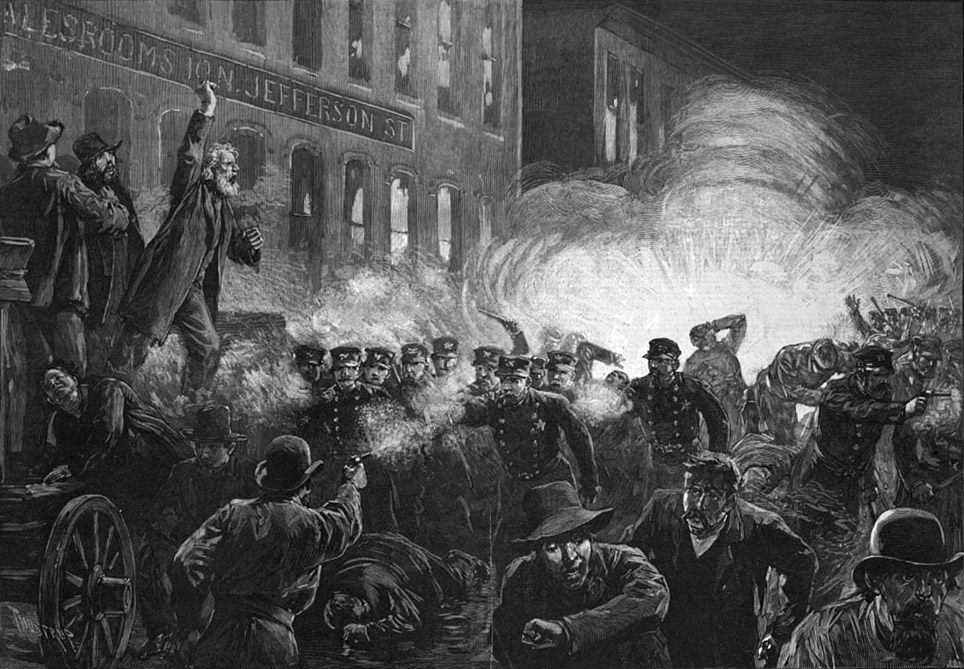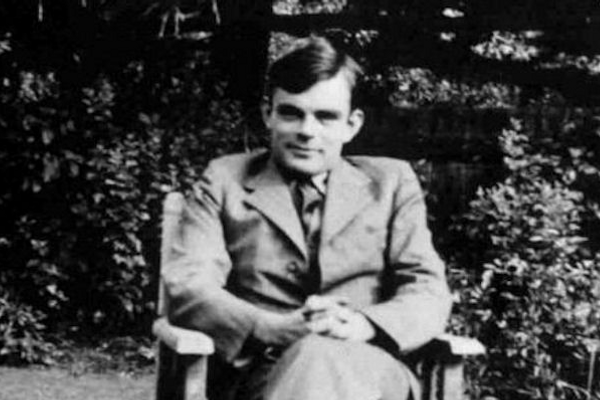The Legacy of May Day Violence isn’t a Maypole—It’s the 8-Hour Workday
Amid the flowery celebrations of May 1st, it’s time to remember May Day’s social revolutionary past.

Workers in a fuse factory in the 1800s. (Photo: Wikimedia Commons/Public Domain)
May Day is a confusing holiday in America. For most who think of it, it celebrates the ancient Celtic day of flowers and rebirth, with laughing children dancing around the maypole. Many might remember picking a flower as the subtle celebration of this on the first of May.
But May Day has a bloodier, revolutionary past in this country. The International Workers’ Day of May Day, the holiday’s full name, originated in the United States in 1886 as a radical response to abusive employers, for something many people take for granted today: the eight-hour workday.
In the 1880s, employment conditions were harsh: workers often performed dangerous tasks while under-fed and under-slept, working from 10-16 hours per day, seven days a week. Many died due to accidents. The working class, disenchanted by a capitalist system that only benefited their bosses, were romanced by socialism and a power from the people. Socialist groups formed; anarchist groups followed in response to socialists’ bureaucracy, calling for the end of all hierarchal structures so workers could fully control their own conditions. Socialist and anarchist workers, with their intense involvement, swelled the worker’s unions.
According to Eric Chase at the Industrial Workers of the World, “the Federation of Organized Trades and Labor Unions (which later became the American Federation of Labor), proclaimed that “eight hours shall constitute a legal day’s labor from and after May 1, 1886.” They held to that commitment, with one anarchist paper printing:
Workingmen to Arms!
War to the Palace, Peace to the Cottage, and Death to LUXURIOUS IDLENESS.
The wage system is the only cause of the World’s misery. It is supported by the rich classes, and to destroy it, they must be either made to work or DIE.
One pound of DYNAMITE is better than a bushel of BALLOTS!
MAKE YOUR DEMAND FOR EIGHT HOURS with weapons in your hands to meet the capitalistic bloodhounds, police, and militia in proper manner.
Workers planned to organize a strike; what wasn’t planned was how many people would join. In 1886 on the first May Day, 300,000 workers left their jobs across the country—and the demonstrations became violent. Around 40,000 people in Chicago gathered to make speeches and crush the falsehood of capitalist dreams. As the picketing continued, so did the tension. Families and children gathered at Haymarket Square for a smaller, 3,000-person talk on May 3rd, to address police brutality and the eight-hour-day. The crowd dwindled, according to Time, to only a few hundred—the Mayor even left and “went to bed”. As police told the crowd was told to move along, a police officer and detective alleged that one anarchist insisted it was a peaceful gathering, making a scene.
Suddenly, someone threw a bomb.

Etching of the Haymarket Massacre of May 1st, 1886. (Photo: Wikimedia Commons/Public Domain)
No one knows who detonated the explosive, even today, but the police reacted to it as evidence they needed physical force. Police fired recklessly into the crowd, killing at least seven and wounding 40 civilians who had gathered for the talk. According to Chase, even the police officers who died were killed by their own shooting-frenzy, rather than the bomb, though 67 were injured. “Spun by mainstream media, anarchism became synonymous with bomb throwing and socialism became un-American,” Chase wrote. Eight prominent anarchists were sentenced to death, some of which allegedly weren’t at the public discussion, and the holiday was immediately maligned.
After that, there were several attempts to keep anarchists and socialists away from the larger public. In 1958, Eisenhower declared the practically Orwellian “Law and Order Day” as May 1st to celebrate laws made to ensure freedom, not coincidentally in congruence with an anti-Soviet sentiment and a perception that all socialist and anarchists were dangerous. Every year since, American presidents declare the holiday on May 1st.
The eight-hour day is something that many still strive for—service industry workers in particular are often given long double shifts with hardly a meal break in between. “Ironically, May Day is an official holiday in 66 countries and unofficially celebrated in many more, but rarely is it recognized in this country where it began,” Chase writes. Amid the possible flower picking and law-abiding activities this May Day, don’t forget to nod to the workers who gave their all just to have a normal work day.







Follow us on Twitter to get the latest on the world's hidden wonders.
Like us on Facebook to get the latest on the world's hidden wonders.
Follow us on Twitter Like us on Facebook